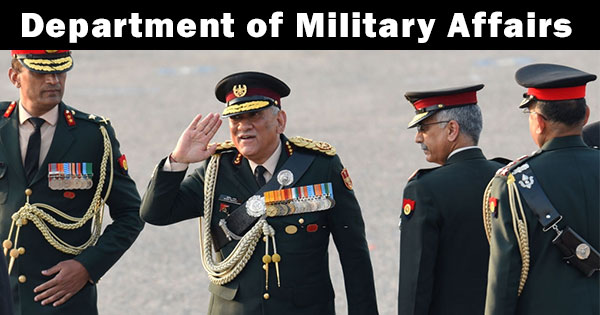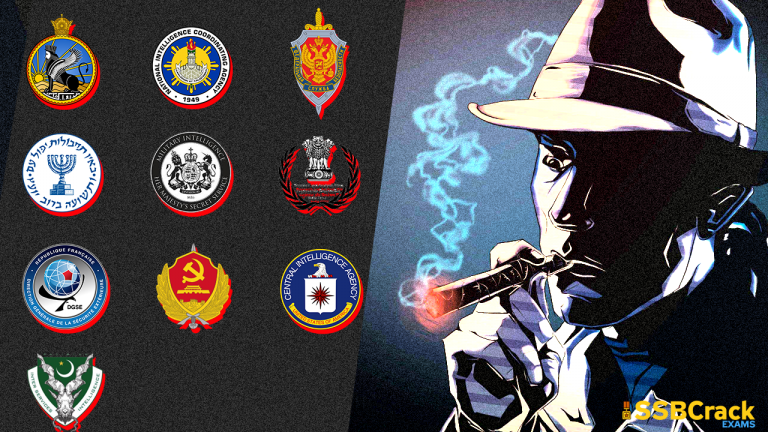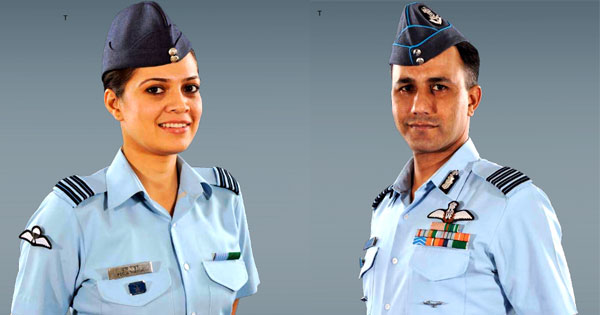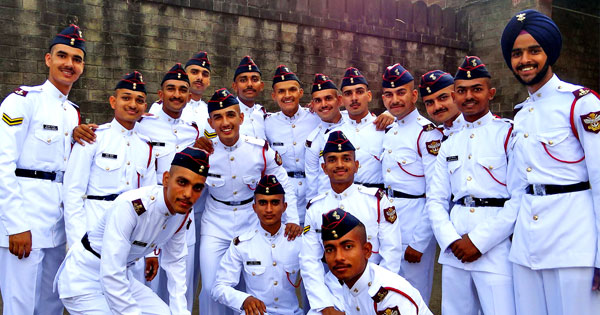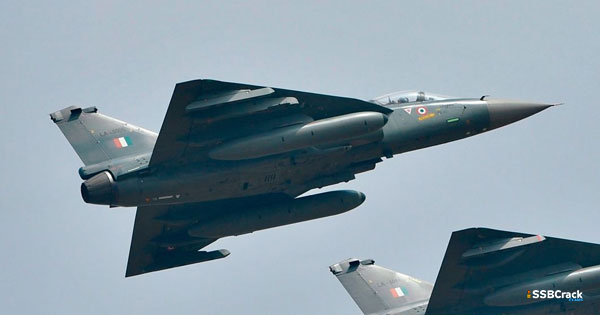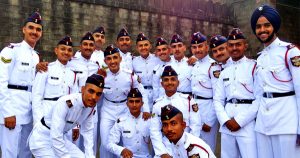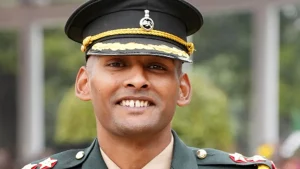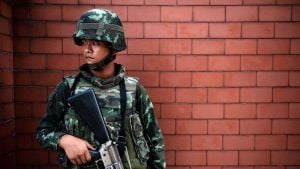Department of Military Affairs (DMA) is the department in charge of military matters within the Ministry of Defence. Headed by the Chief of Defence Staff, as its ex-officio secretary, the DMA provides integration between the armed forces of the Union and the Ministry of Defence. Consisting of military and civilian officers, the DMA will promote jointness in various areas such as procurement, training and staffing. The DMA will deal with the headquarters of three armed forces, the tri-service Integrated Defence Staff (IDS), Army, Naval, Air and Defence Staff Headquarters, the Territorial Army and certain procurement requirements. DMA will also deal with promoting jointness through joint planning, facilitate restructuring for optimal utilisation of resources and promote the use of indigenous equipment by the Services. The DMA, being under the Chief of Defence Staff will also deal with the role and responsibilities assigned to the chief.
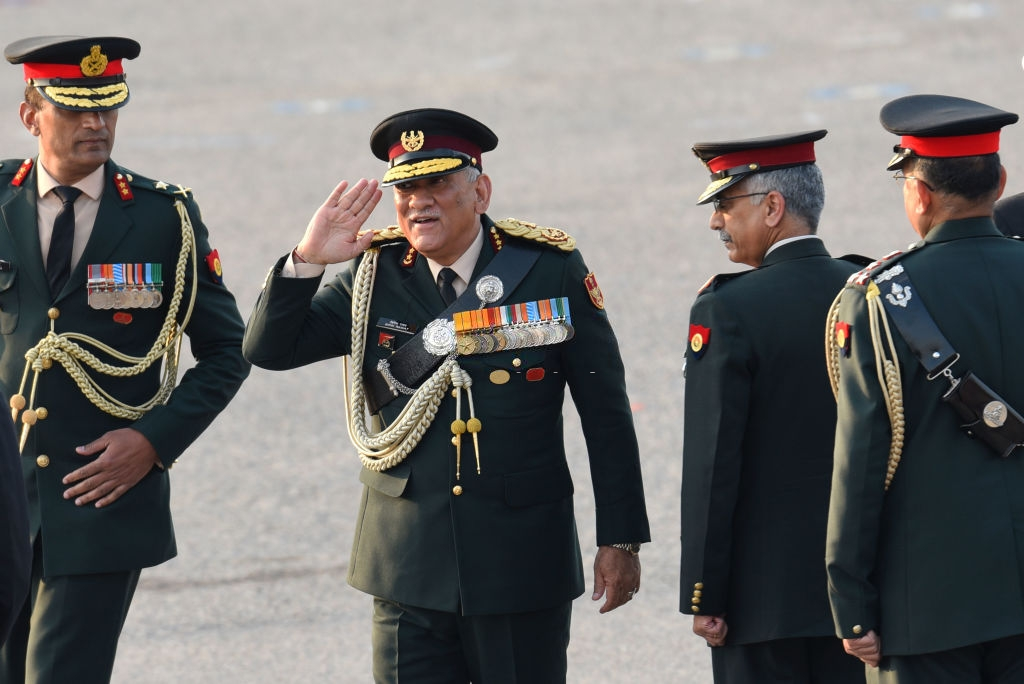
Department of Military Affairs (DMA) with Chief of Defence Staff (CDS) as Secretary was created to facilitate optimal utilization of resources and promote jointness among the three Services. As per the Second Schedule to Government of India (Allocation of Business) Rules 1961, the following subjects were allocated to DMA:-
- The Armed Forces of the Union, namely, Army, Navy and Air Force.
- Integrated Headquarters of the Ministry of Defence comprising of Army Headquarters, Naval Headquarters, Air Headquarters and Defence Staff Headquarters.
- The Territorial Army.
- Works relating to Army, Navy and Air Force.
- Procurement exclusive to the Services except capital acquisitions, as per prevalent rules and procedures.
- Promoting jointness in procurement, training and staffing for the Services through joint planning and integration of their requirements.
- Facilitation of restructuring of Military Commands for optimal utilisation of resources by bringing about jointness in operations, including through establishment of joint / theatre commands.
- Promoting use of indigenous equipment by the Services.
The Second Schedule to Government of India (Allocation of Business) Rules 1961 clearly identifies the functions of all the five Departments of the Ministry of Defence and thus there will not be any duplication of functions among them. Work of 23 sections along with around 160 Civilian officers and staff have been transferred from Department of Defence to DMA.
